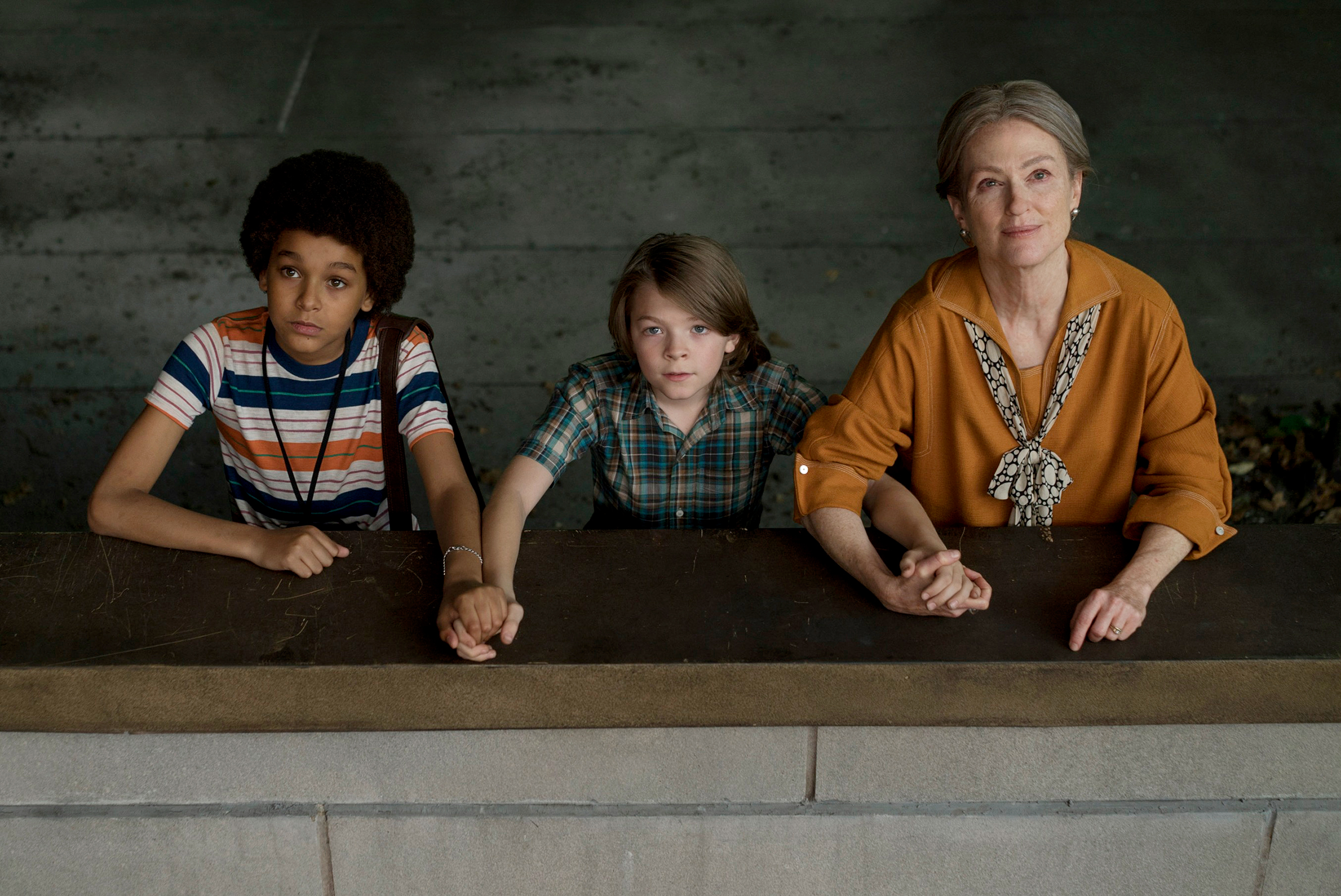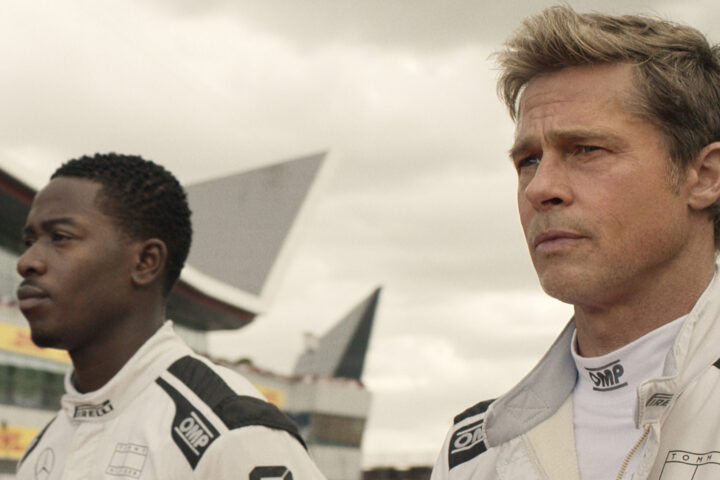Todd Haynes’ new picture Wonderstruck, about a pair of deaf children in different time periods making pilgrimages to Manhattan, is a curious disappointment with little cumulative dramatic impact. It strives for magic, wonder and to transport us, but as a story it never delivers liftoff, and feels contrived and aimed at young adults with little transcendence for anyone else.
To describe Wonderstruck one might think it sublime—dual stories of two hearing-impaired, misfit children set in the eras of the 1920s and 1970s, each linked to the other by destiny or perhaps just beautiful cinematography, editing and score. Sounds a bit like Haynes’ last picture, 2015’s superb Carol, but unlike that riveting movie, Wonderstruck fails to engage because the structure and tone, too rigorously fastidious, gets in the way of the emotions.
Working from a screenplay by Brian Selznick based on his 2011 novel, the picture introduces us to a pair of resourceful, seemingly disconnected protagonists—Rose (deaf actress Millicent Simmonds), a deaf girl in 1920s New Jersey living with a wealthy, authoritarian father; and Ben (Oaks Fegley), whose beloved Minnesotan, single librarian mother (Michelle Williams) has recently passed, leaving him in a state of confusion and limbo.
Both are missing parents, and truly missing them. Both have lost their hearing—Rose apparently since birth, and Ben strongly impaired after an unfortunate accident—and both decide to leave home in search of, respectively, an absent mother and a long-long father.
Rose arrives in Manhattan and quickly heads to Broadway, surreptitiously watching a play rehearsal featuring her idol, one Lillian Mayhew (Julianne Moore), whom we learn is Rose’s estranged mother. Ben hops the Greyhound and ends up on the Upper West Side, cash-strapped, in search of a bookstore he thinks may lead to the father he’s never met with only a hunch—a mysterious postcard that may yield a clue.
How Haynes weaves these stories together—with ace help from his regular DP Edward Lachmann, composer Carter Burwell and editor Affonso Gonçalves is, for a while, absorbing enough. And Wonderstruck is at its best when conveying the spirits of independence and loneliness, and rites of passage, and the mysterious connection the unlikely pair share to the Museum of Natural History, which figures prominently in their convergence.
Haynes is exploring important themes here—completeness, family, art, friendship, communication, memories and wanderlust—and while Wonderstruck is about all of these things, something gets lost in the ambition: the heart.
But for its technical acumen, the movie feels curiously remote, and the hushed quality of its storytelling—intermittently poetic—sometimes has a slightness and arid quality, almost certainly due to its conceptual sophistication.
Haynes, the visionary filmmaker amongst the most personal and distinctive working today, has in Wonderstruck fashioned a fairly tale of adolescent loneliness and coming of age, and done so with great care and at-times, sensitivity, but one that for its intermittent pleasures, fails to come to life.
From his auspicious counterculture work like Poison, Safe and Velvet Goldmine to tonier projects like the Bob Dylan fantasia I’m Not There, Sirk-influenced Far from Heaven and, of course, the raptly emotional Carol, Haynes is nothing if not a first-class stylist and visual master capable of weaving spells and tones—romantic, sensual, social—like nearly no other director. And indeed Wonderstruck, with its 1920s black-and-white postcard imagery as well as the sun-drenched city hues of 1970s Manhattan grit, is above all things a technical achievement.It is also a more convincing love letter to New York City’s charms—offbeat denizens, newfound friends, gritty outlying neighborhoods and rich artistic meccas—than to its central theme of two misfits trying to fit into such a place, and the world.
When Wonderstruck gets where it’s going in a scene of past-present reconciliation, the symmetry is rather obvious and Julianne Moore, delivering an explain-it-all monologue while standing within a gorgeous, intricately-scaled museum model of New York City, is left with the picture squarely on her shoulders. The revelations do not surprise nor are they as moving as the picture thinks, hard as Moore tries.
It is a minor work from a major filmmaker.
2 stars.



